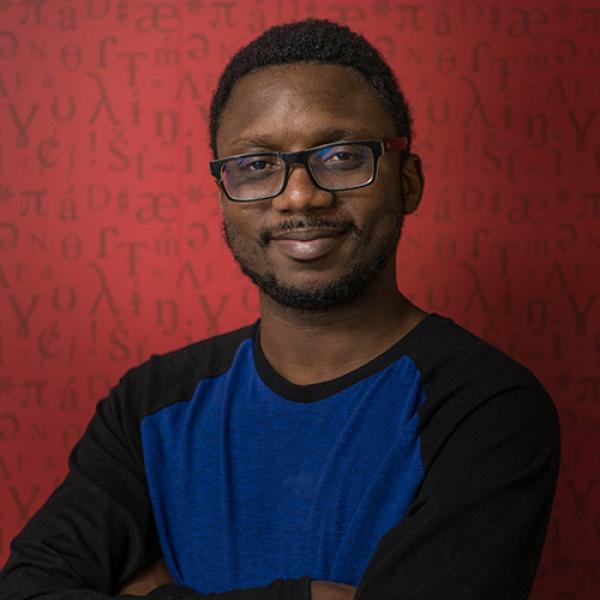Samuel Akinbo
PhD Candidate
Linguistics
Faculty of Arts
Research Themes: The Communicating Mind and Body
I am a PhD candidate at the University of British Columbia. I am interested in theoretical phonology, the intersection between language and music, and the documentation of endangered and understudied languages.
My primary research focuses on phonological theory. My research is guided by the following questions. Why are some sound-based regularities imposed within particular syntactically defined constituents and not others? Are different types of phonological patterns (vowel harmony, nasalisation, tone mapping, reduplication) subject to comparable restrictions in this regard? Why are ‘size’ requirements imposed on some phonological patterns, for example, the requirement that there be exactly two syllables in some constituent or that a syllable must contain an onset?
My secondary research area is the phonology of language-based music, which serves as language-external evidence for phonological theory. Language-based musical instruments communicate by imitating the features of human speech (e.g. tone, syllable, etc). Using linguistic methodology, I study the phonetics and phonology of emulative systems, such as talking drums and flutes.
Data source: Documentation of endangered and understudied languages
My research addresses the issues above by using original data from the documentation of endangered and understudied African languages. Why are endangered and understudied languages worth studying? Research on endangered and understudied language are expanding our knowledge of human cognition, which is based on sampling those languages currently spoken. If the number of languages spoken shrinks considerably, this will affect the validity of many of our observations about what human beings are capable of in a domain as central to us as language. The openly accessible corpora, which are created from the results of my field work on these languages, would serve as excellent resources to the linguistic community.
